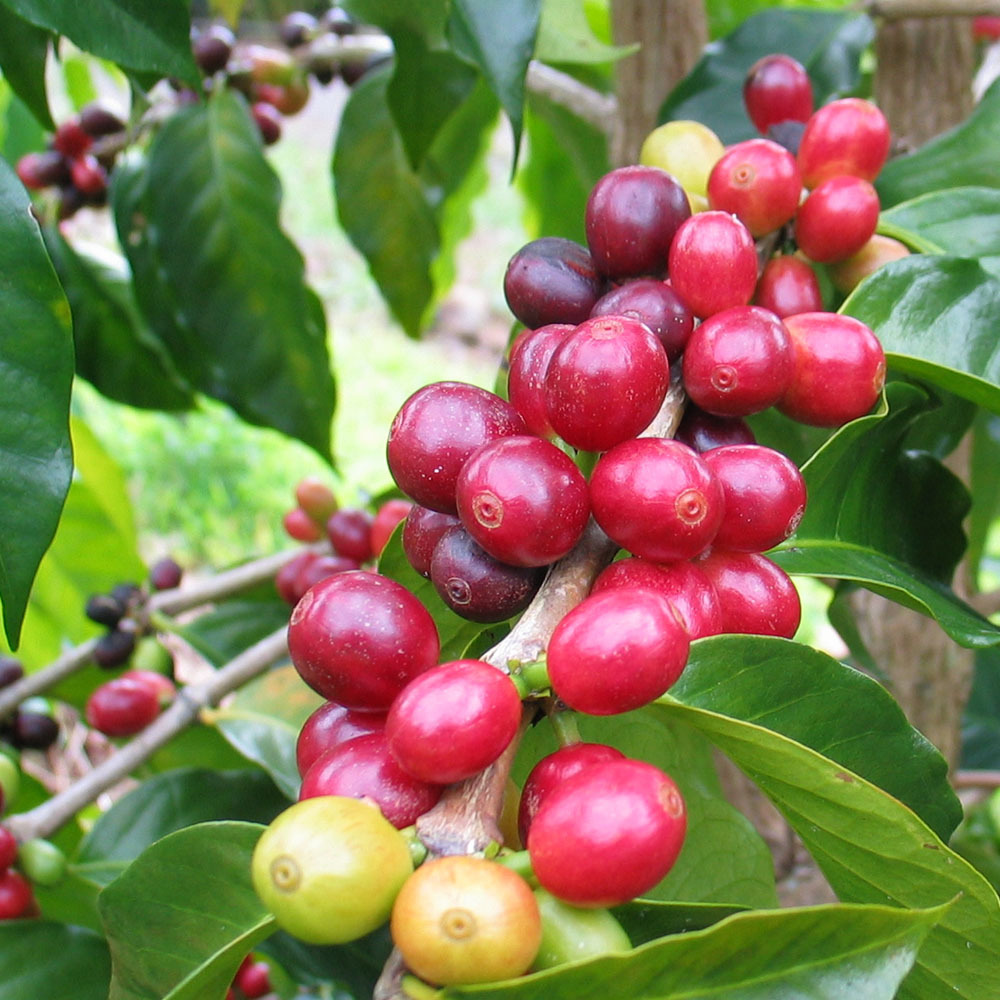Chinese Taiwan coffee Taiwan coffee brand Taiwan coffee beans
The term "fine coffee" was first put forward by Ms. Knudsen of the United States in Coffee and Tea magazine. At that time, Ms. Knudsen, as a coffee buyer of B.C. Ireland in San Francisco, was very dissatisfied with the neglect of the quality of raw coffee in the industry, and even some big roasters mixed a large amount of Robesda beans in the comprehensive beans, so she put forward the concept of fine coffee to advocate the improvement of the quality of the industry. This term is used to describe coffee beans with distinctive flavor characteristics that grow in a special environment. Its use in international coffee conferences makes it spread rapidly.

Taiwan, China (China Taiwan) aroma 3.5 minutes brightness 3.5 minutes mellow 4 points flavor 4 points aftertaste 4 points
Suitable for baking: bake to deep baking in Full city/Espresso, drop beans before second explosion.
As a matter of fact, the cultivation of coffee in Taiwan has a long history. Both the British and the Japanese have planted coffee trees in Taiwan, but then they did not continue to promote it because of many political and economic factors. Until recently, because of the coffee boom, someone started to reinvest in it. Hebao Mountain in Yunlin Gukeng, Huisun Forest Farm in Nantou, and Dongshan Township in Tainan County are several famous coffee producing areas in Taiwan Province, and most of them are planted in Arabica. Taiwan coffee has a moderate flavor, low acidity and a hint of herbal flavor, similar to the synthesis of South American and Indonesian beans. At present, the output of coffee in Taiwan is not high, but because the popularity of coffee fever in Taiwan has caused many people to have a relationship with Fangze, the price has remained high, even using imports to pretend to be clear.
Important Notice :
前街咖啡 FrontStreet Coffee has moved to new addredd:
FrontStreet Coffee Address: 315,Donghua East Road,GuangZhou
Tel:020 38364473
- Prev

Alpine in the eastern part of Harald Coffee growing area, Ethiopia-Daroleb
Harald coffee, which grows in areas ranging from 900m in the Darolebu plain to 2700 m in the Ethiopian vein of Chercher. These mountains do provide unique characteristics for these perennial coffee beans: the fruit is full and long, moderately acidic, with a typical mocha flavor. Harald
- Next

Introduction of Rwanda Coffee Variety-Malaba Coffee beans
Rwandans have been growing coffee since colonial times, but until 1999, its products were still classified as below Class C and were not popular in the global market. The reason for the poor quality is that farmers do not have a fixed procedure for washing coffee beans and do not process coffee fruits according to specifications in time. Buyers buy coffee beans at $0.33 per kilogram, and farmers keep warm by the meagre profits earned at low prices.
Related
- Does Rose Summer choose Blue, Green or Red? Detailed explanation of Rose Summer Coffee plots and Classification in Panamanian Jade Manor
- What is the difference between the origin, producing area, processing plant, cooperative and manor of coffee beans?
- How fine does the espresso powder fit? how to grind the espresso?
- Sca coffee roasting degree color card coffee roasting degree 8 roasting color values what do you mean?
- The practice of lattes: how to make lattes at home
- Introduction to Indonesian Fine Coffee beans-- Java Coffee producing area of Indonesian Arabica Coffee
- How much will the flavor of light and medium roasted rose summer be expressed? What baking level is rose summer suitable for?
- Introduction to the characteristics of washing, sun-drying or wet-planing coffee commonly used in Mantenin, Indonesia
- Price characteristics of Arabica Coffee Bean Starbucks introduction to Manning Coffee Bean Taste producing area Variety Manor
- What is the authentic Yega flavor? What are the flavor characteristics of the really excellent Yejasuffi coffee beans?

